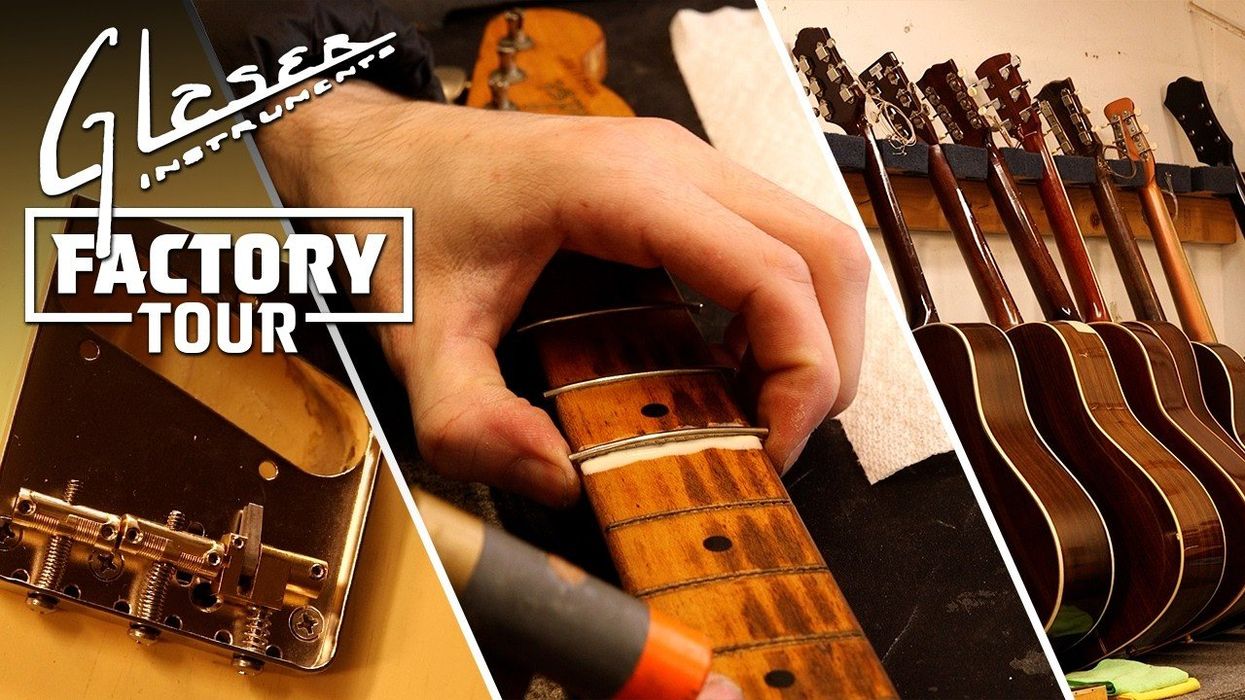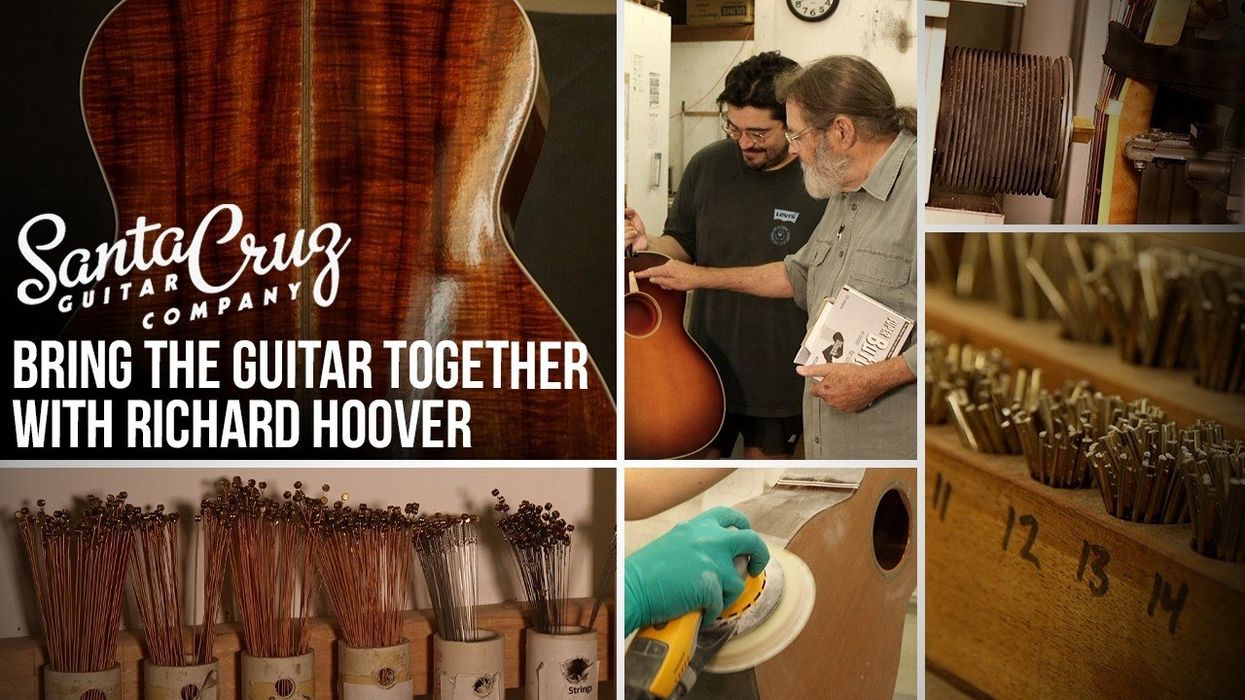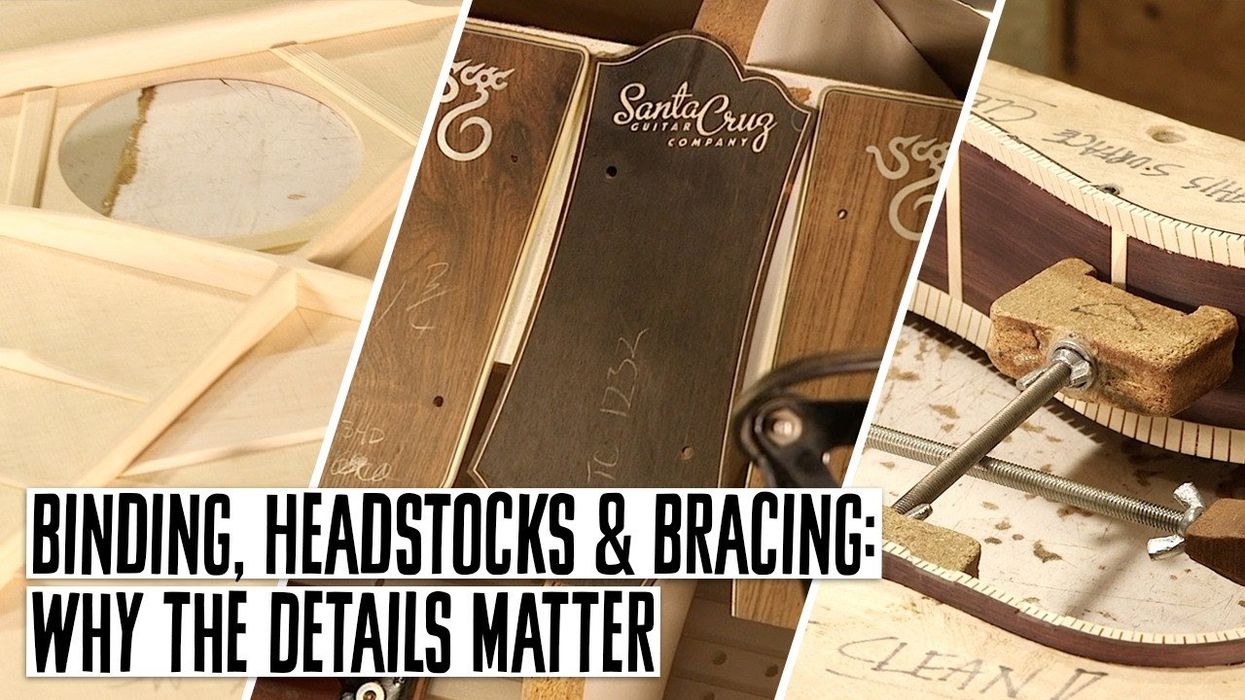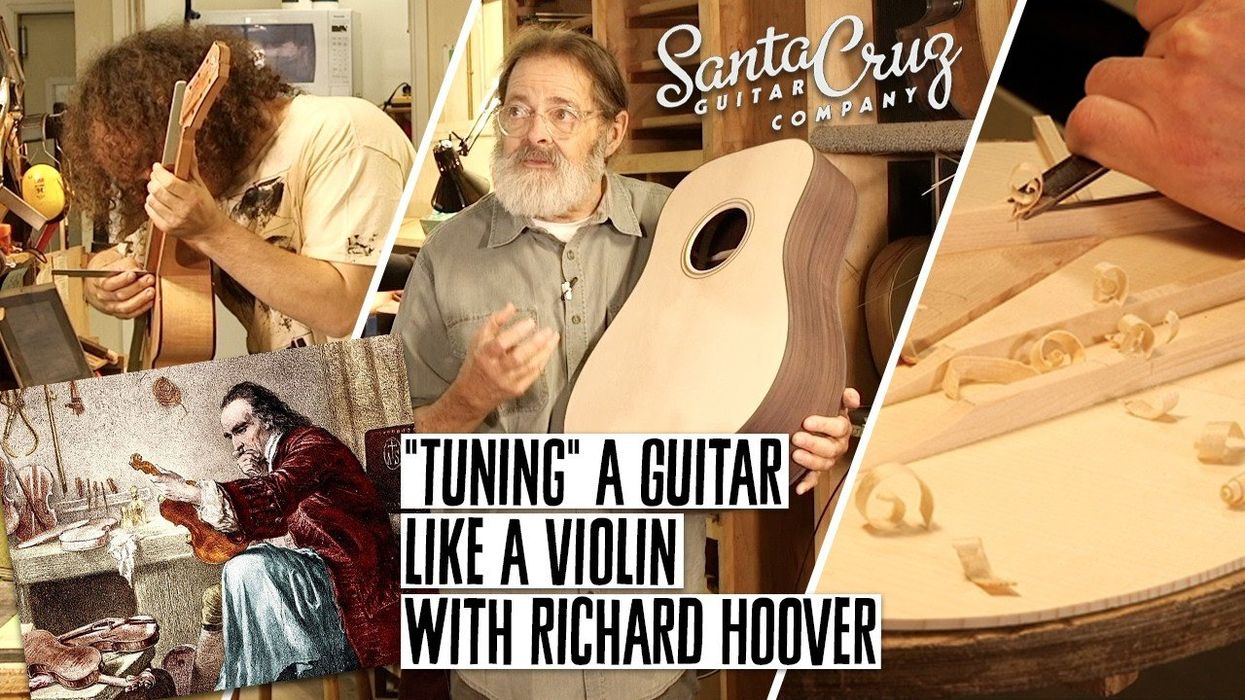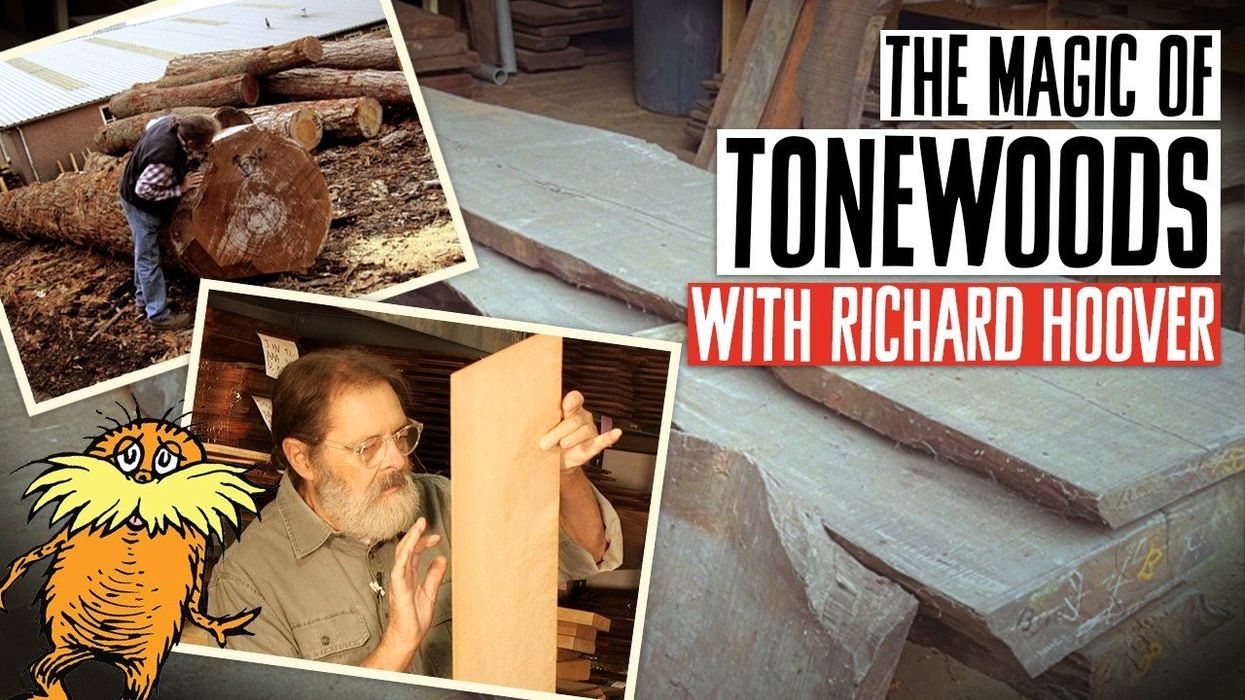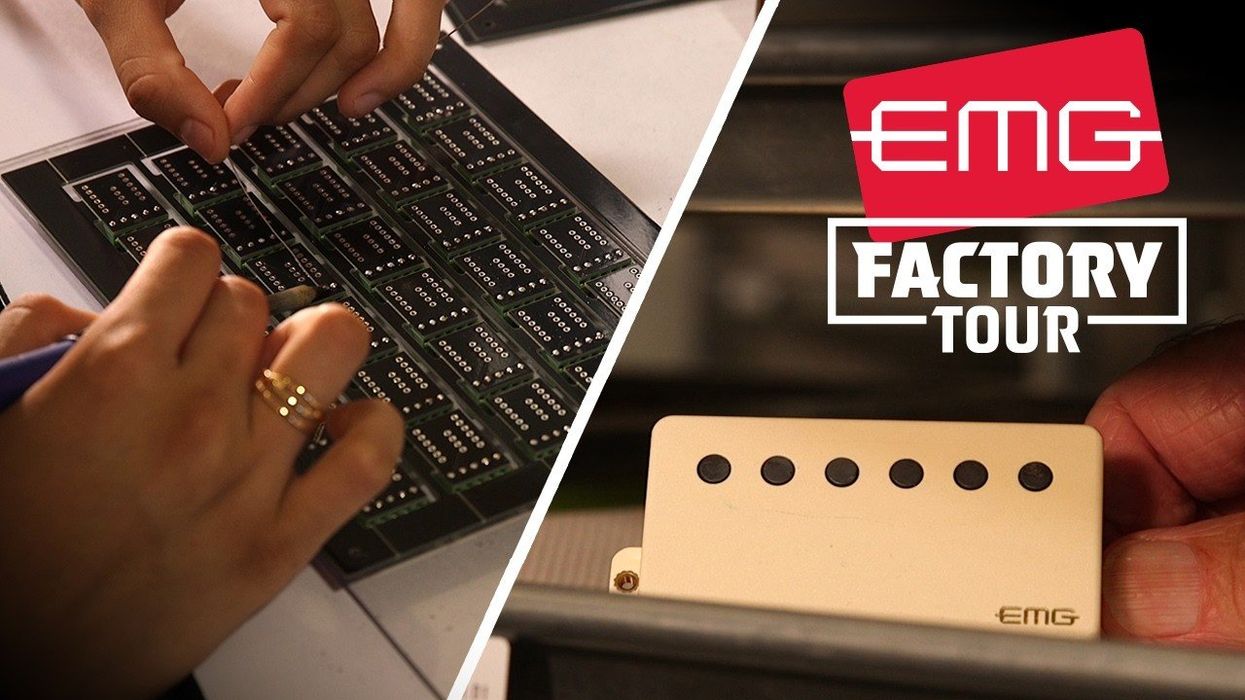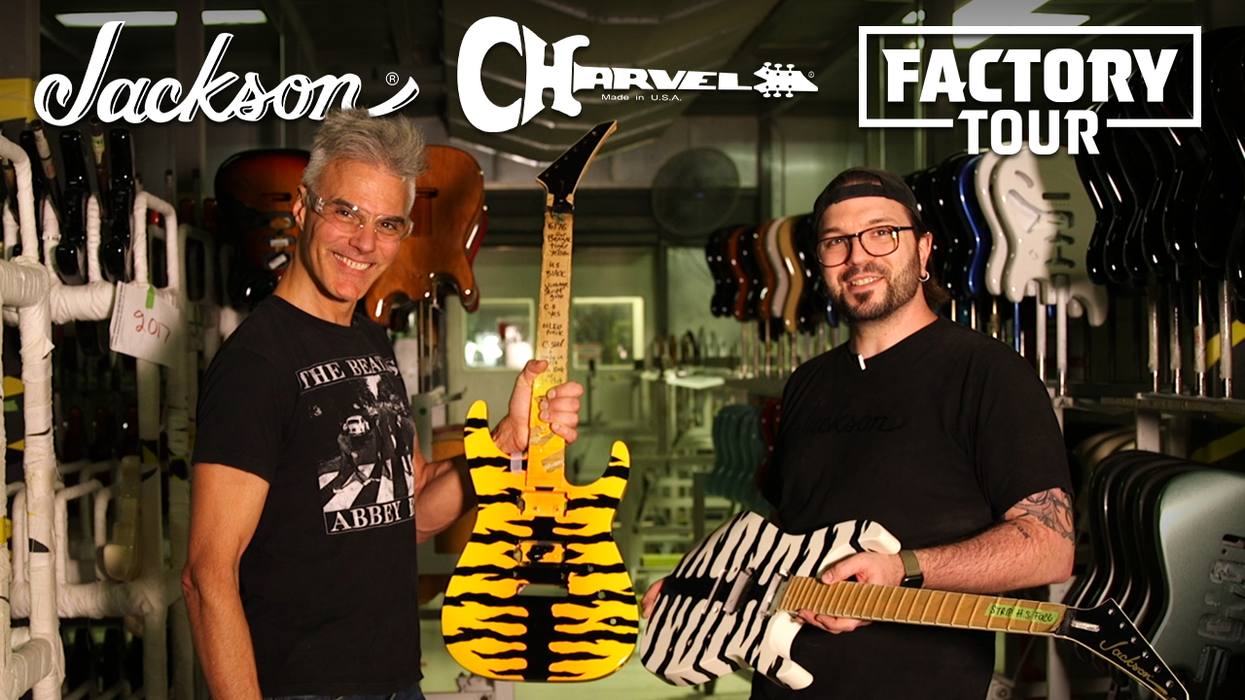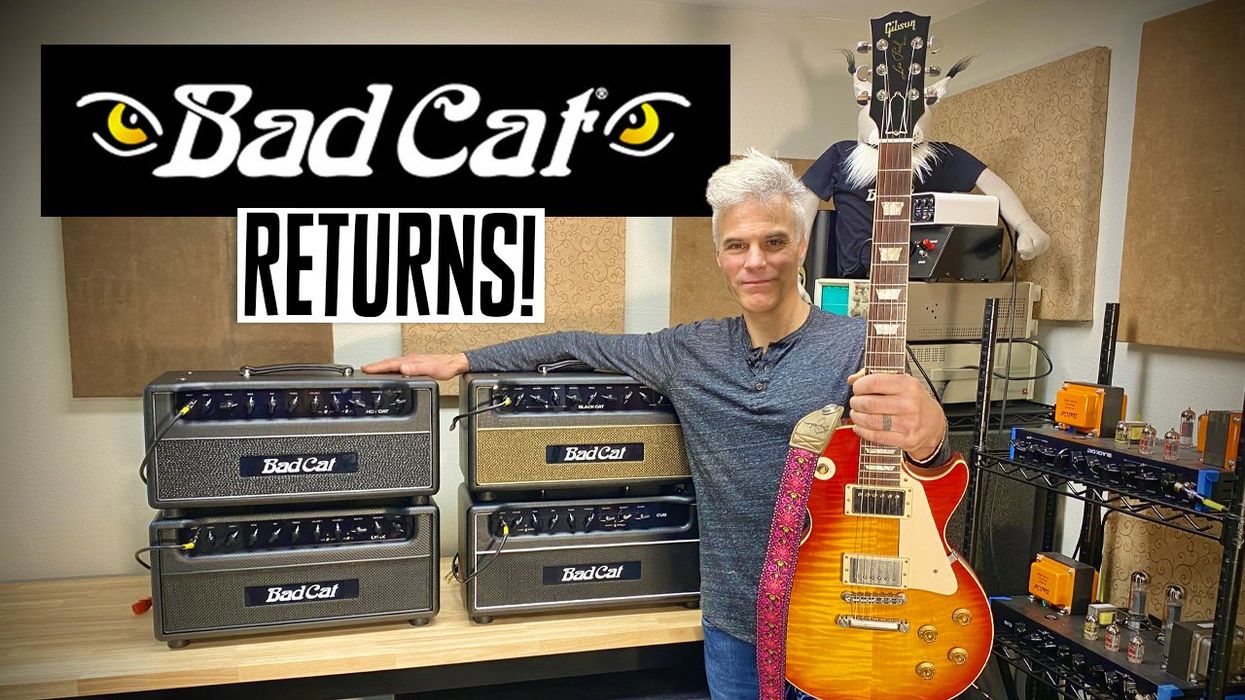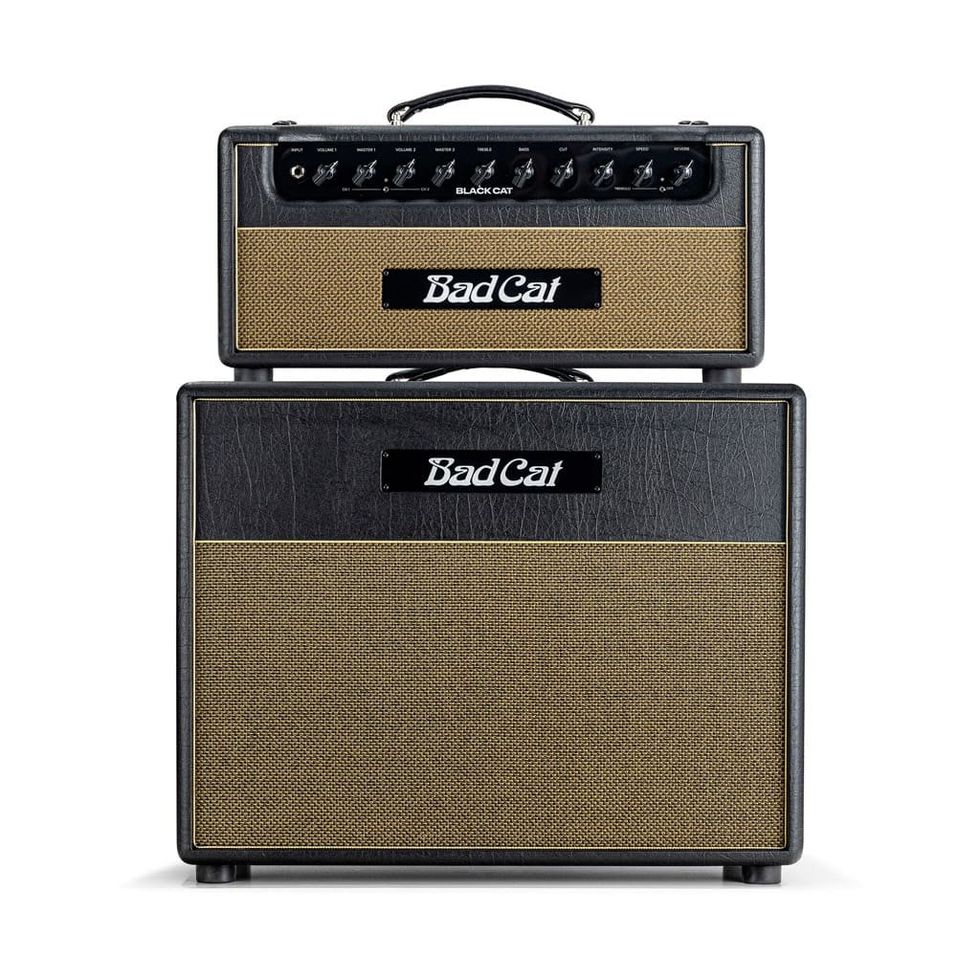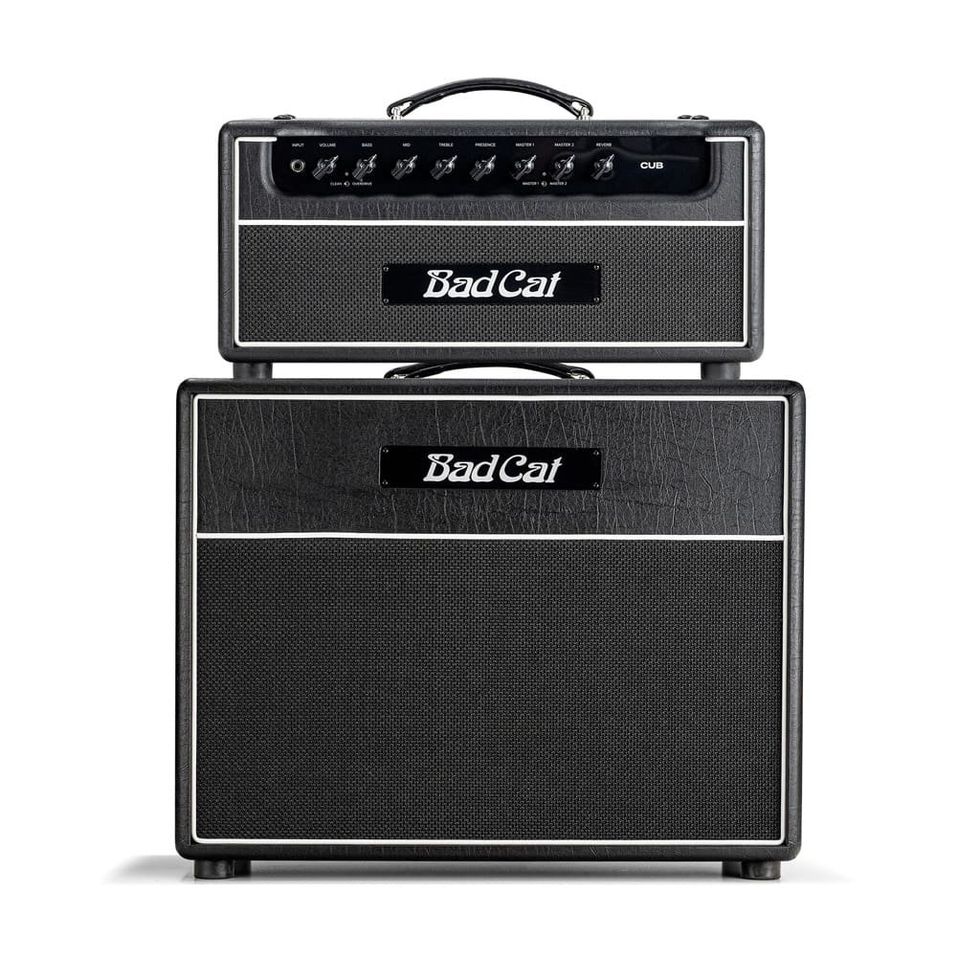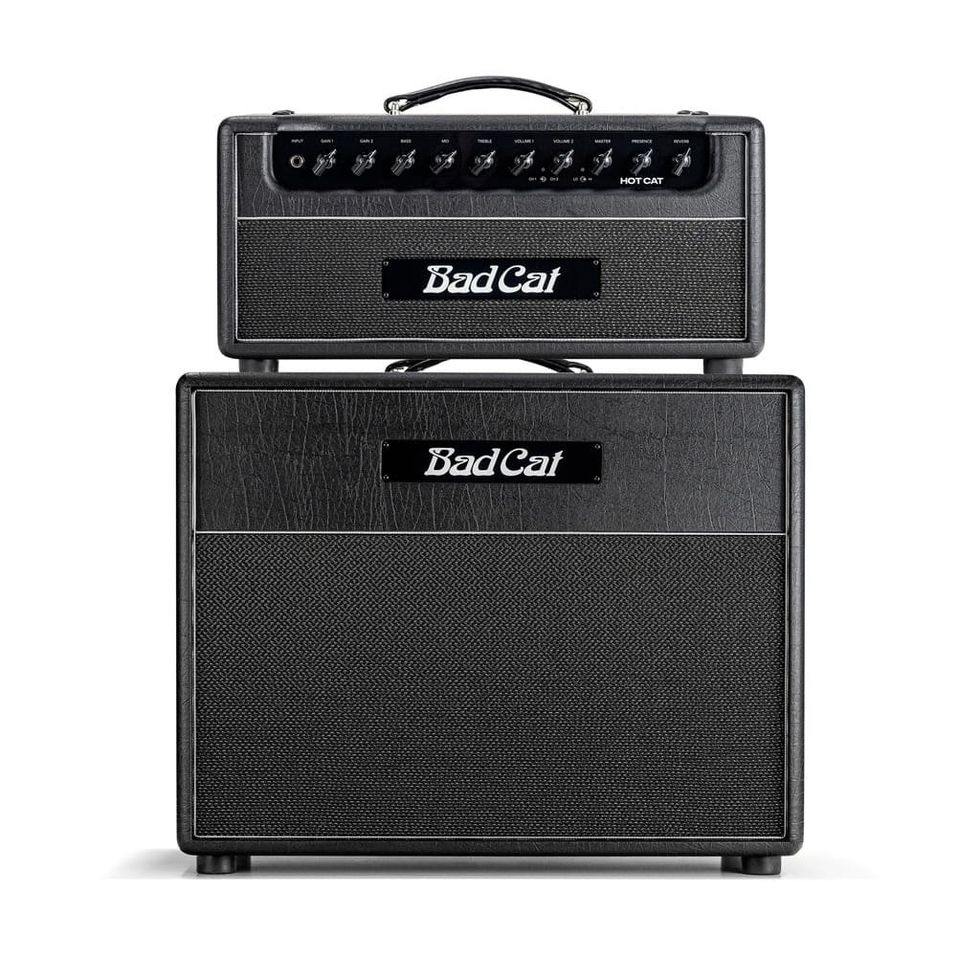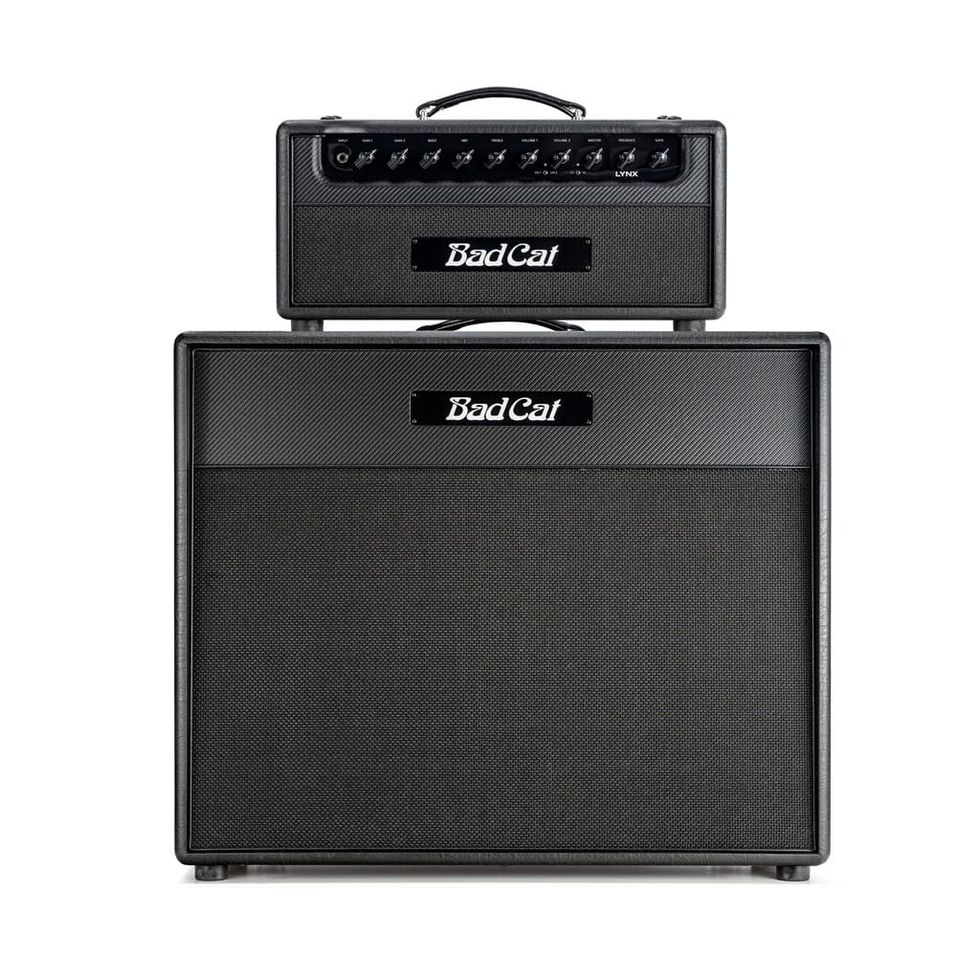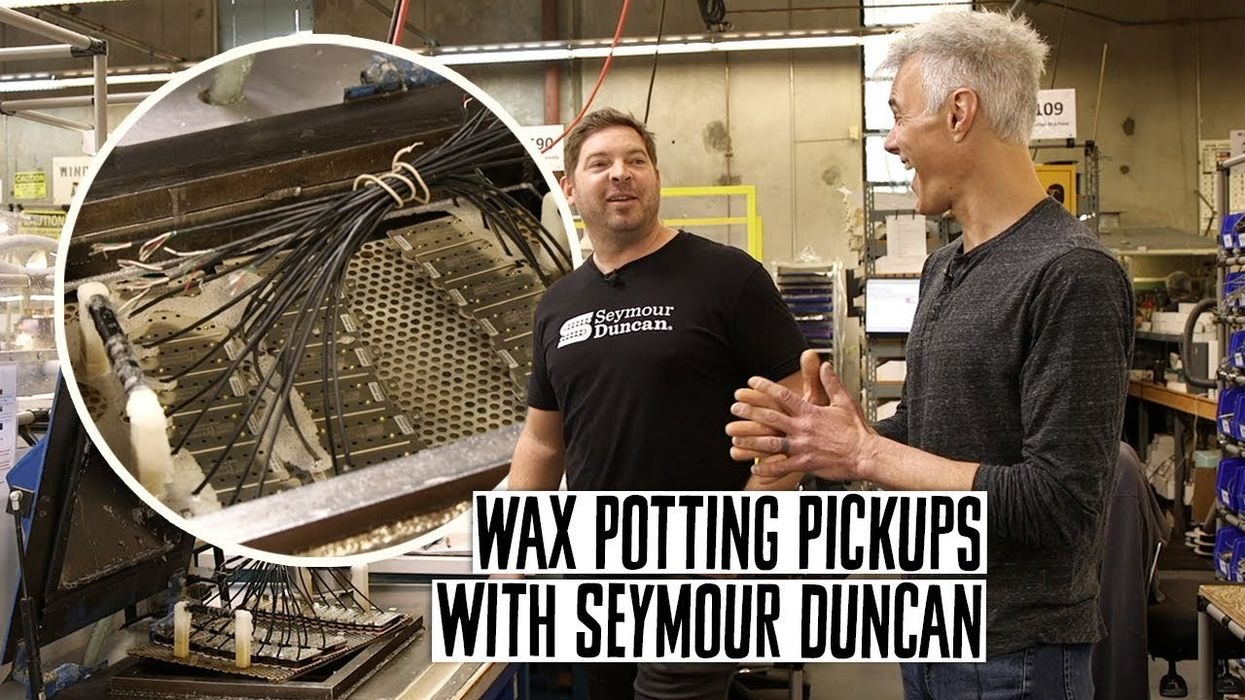John Bohlinger and the PG crew visit the Seymour Duncan pickup factory in Santa Barbara, California, where company co-founders Seymour and Cathy Carter Duncan began the business in 1976.
Seymour Duncan himself greets PG’s crew and begins the tour by talking about his early days in the pickup business. He started re-winding pickups for David Schecter, then jumped into the big time via a large order from Japan—doing all his company’s early flatwork by hand. He also recounts meeting and being helped by Bill Carson, a co-designer of Leo Fender’s classic early instruments, including the Stratocaster, and gleaning tips from the legendary pickup designer Seth Lover. Plus, he recounts his time with Jeff Beck, George Fullerton, Ted McCarty, and other heroes of guitar.
After talking with Seymour, Bohlinger and the gang move to the factory, where Seymour Duncan CEO Marc DiLorenzo takes the lead. Pickups—more than 1,300 different varieties—are still built by hand at Seymour Duncan. And 20 more new models are being debuted this year. “You know how guitar players are,” says DiLorenzo. “They never stop chasing tone.”
Derek Duncan, custom shop manager and Seymour’s son, shows Bohlinger where the raw materials and components are kept—all inspected as they come in before they are put on the shelf. He also explains how the company kept pickups shipping out through the pandemic, except for one month. After the stock room, it’s off to magnet wire testing, then production planning—a two-person operation that processes incoming orders to plan which pickups will be built when. Next up: the custom shop, where we see NYC bass pickups in process, followed by a stop at the magnet grinding operation—where Derek also started working for the company—and the magnetizing station, where alnicos get their charge. At bobbin assembly, raw materials are tuned into components for use in the winding process. Some ultimately get dipped; others get a wrap of tape before moving along. The winding machine, by the way, was purchased from Gibson’s historic Kalamazoo operation. Then it’s on to pickup assembly, and, from there, we get to see the wax potting procedure. Lead wires—two or four, depending on the pickup—then get soldered to bottom plates.
Finally, we stop in on Kevin Beller in the company’s engineering department. Beller has designed many pickups over his four decades at Seymour Duncan, and during our stop he was working on Jared James Nichols signature P-90 style humbuckers. The finale: the space where pedals and the company’s PowerStage pedal-sized amps are made, including the 700-watt model used by Dave Mustaine.




